2020-02-22 10:00:31
Nicholas J. Race+, Qianjia Yuan+, and Matthew S. Sigman
Indole is a privileged scaffold in a wide variety of research areas, including natural product synthesis, pharmaceuticals, agrochemicals, and material science.[1] As a result, numerous synthetic methods have been developed for the synthesis and functionalization of indole. Catalytic, enantioselective function- alization of the indole core represents an intensive area of re- search, with most methods exploiting the inherent nucleophi- licity at the C3 position for enantioselective Friedel–Crafts-like chemistry (Scheme 1 A).[2] For example, we recently reported a palladium-catalyzed dehydrogenative relay-Heck arylation of indole derivative A and trisubstituted alkenols to afford alde- hydes of type B (Scheme 1 C).[3] Given that palladation of indole is proposed to occur in a Friedel–Crafts-like manner (A!C, Scheme 1 C),[4] functionalization of the C3 position is observed exclusively.
In contrast, methods to enantioselectively functionalize the indole C2 position are much less developed.[5] In fact, incorpo- ration of a substituent at indole C3 is typically required to pro- mote electrophilic substitution at C2. Therefore, prefunctionali- zation of the indole is a strategy used to ensure a site-selective reaction. As an example, Macmillan reported a singular case of a conjugate addition reaction of C2-bearing indole potassium trifluoroborate salts to enals using secondary amine catalysis.[6] Given that many natural products and pharmaceutically relevant core structures contain a stereocenter adjacent to the C2 position (Scheme 1 B),[7–9] we considered strategies to apply a redox-relay Heck type reaction[10] using an appropriately func- tionalized indole starting material for the purposes of enantio- selective indole C2 functionalization. By coupling this starting material with a diverse selection of alkene coupling partners, we would be able to streamline access to a wide variety of enantioenriched molecular scaffolds.
Two design elements were considered to accomplish such a reaction: 1) as indole derived triflates are readily accessible from simple oxindole starting materials and the corresponding alkenyl triflates have been demonstrated as excellent coupling partners in related Heck reactions,[10d–f] these electrophiles were selected for investigation and 2) the nature of the indole nitrogen substituent was deemed important with an electron- withdrawing group possibly required to prevent the Pd from migrating towards the indole (Scheme 1 D).[10d] This was hy- pothesized on the basis of previous mechanistic work wherein the Pd-catalyst has the propensity to migrate toward more electron rich features of the alkyl chain. Indeed, use of disubsti- tuted alkenols in the dehydrogenative arylation with indole did not lead to the desired relay product as a consequence of the electron-rich indole nucleus (Scheme 1 C). Specifically, inter- mediate D underwent selective b-hydride elimination of R2 (R2 = H) and subsequent reinsertion of the PdII-hydride afforded PdII-alkyl E, which decomposed via expulsion of Pd0 as promot- ed by the electrons on the indole nitrogen.
On the basis of the design principles described above, a series of four indole triflates (1–4) were synthesized with differ- ent substituents on the indole nitrogen. These substrates were evaluated with cis-3-hexen-1-ol (5) under previously reported conditions reported for alkenyl triflates, which use a Pd0 pre- catalyst and a chiral pyridine-oxazoline ligand (Table 1).
No desired reaction was observed with either methyl-, phenyl-, or acetyl-substituted indole triflate 1–3 due to decomposition of the starting materials under the reaction conditions (Table 1, entries 1–3). The desired reaction was observed with ethyl car- bamate-protected indole triflate 4 wherein aldehyde 6 was iso- lated in 19 % yield and 95:5 er (Entry 4). Addition of two equiv- alents of alkenol 5 increased the yield to 28 % (Entry 5). Given that the Heck reaction generates an equivalent of TfOH every catalyst turnover, we hypothesized that buildup of acid could be problematic, including decomposition of the starting mate- rial through carbamate deprotection. To improve the yield, a variety of basic additives were examined in the reaction includ- ing K2CO3, 3,5-di-tert-butyl-4-methylpyridine, and Ca(OH)2 (Entries 6–8).[10f] Addition of one equivalent of Ca(OH)2 improved the yield of aldehyde 6 to 47 %, with no loss in enantioselectiv- ity. The yield of 6 was improved further to 55% by increasing the catalyst loading to 5 mol% (Entry 9).
As the next step, we set out to demonstrate the reaction’s utility for accessing a wide range of molecular architectures bearing a secondary stereogenic center a to an indole C2 posi- tion. Use of simple allylic alcohols 7 and 8 afforded the corre- sponding aldehydes 9 and 10 in 72 % (94:6 er) and 70 % yield (95 :5 er), respectively (Scheme 2). As highlighted in the introduction, access to aldehydes bearing a b-substituted C2-indole is possible via iminium ion catalysis.[6] We therefore chose to focus our attention on alkene substrates that provide products not accessible using these methods. For example, coupling of 4 and diol 11[12] afforded lactol 12 in 86 % yield, 1.8:1 d.r. The enantiomeric excess for this product (92.5 :7.5 er) was mea- sured after oxidation of the crude lactol to the lactone (see Supporting Information). To the best of our knowledge, enan- tioselective conjugate additions to lactones at the indole C2 position is unknown. Use of benzylether-substituted allylic al- cohol 13 afforded the desired product 14 in modest yield but excellent enantioselectivity. Racemic secondary allylic alcohol 15 afforded the corresponding ketone 16 in good yield and enantioselectivity. The yield of ketone 16 in this reaction is> 50 %, which suggests the stereocenter formed in the product is under catalyst control and this reaction is not a kinetic resolution. Finally, we explored the use of an allylic alcohol bearing a primary tosyl-protected alcohol (17). Under our reaction con- ditions, the (formal) alkylation occurs selectively between the indole C2 and the alkene carbon distal to the primary unpro- tected alcohol to give 18 in good yield and enantioselectivity. The resulting tosylate and aldehyde provide useful functional groups for further product manipulation.
Next, we examined the functional group tolerance of the re- action with respect to substituents on the indole ring using homoallylic alcohol 5 (Scheme 3 A).[13] Functional groups com- patible with this chemistry include chloride (6 b), esters (6 c), alkyl ethers and silyl ethers (6d and 6 f), boronic esters (6 e), and bromide (6 g). It is worth noting that the palladium cata- lyst initiates selectively at the indole triflate in the presence of the aryl bromide.
The ability to access enantioenriched secondary alkyl stereo- centers adjacent to the indole C2 position remotely to the al- dehyde functional group is highlighted in Scheme 3 B. Primary and secondary bis-homoallylic alkenols 19 and 21 afforded the corresponding relay-Heck products 20 and 22 in moderate yield and enantioselectivity. Accessing these types of enan- tioenriched products using conventional approaches, for exam- ple, using alkylation chemistry, would be extremely challenging.
More recently our group has explored alkenes bearing vari- ous unique functional groups (Scheme 4). As an example, cou- pling of indole triflate 4 and enol ether 24 provided aldehyde 23.[14] This reaction affords an enantioenriched secondary ether adjacent to the indole C2 position, a product not accessible using reported organocatalytic approaches. Use of commercial- ly-available cis-4-nonenal 25 afforded a,b-unsaturated alde- hydes 26 a–c in high yield and good enantioselectivity.[15] These products are attractive because it is well-established that enantioselective intramolecular cyclizations of related mol- ecules can be promoted by secondary amines.[16] It is also pos- sible to use ene-lactam 27 as a coupling partner in this chemistry, leading to products 28 a--c in excellent yield and slightly diminished enantioselectivity.[17] This reaction provides rapid and modular access to the core of natural products and drug candidates (vide supra).
Finally, we wanted to highlight how this indole C2 alkylation process provides highly modular enantioselective formal access to tricyclic indole 31, which is a key precursor to an S1P1 agonist reported by Merck (Scheme 5).[9] Initially, Merck developed a route involving the de novo construction of the indole framework providing efficient access to the indole core. However, it relies on the use of traditional chiral auxiliary chemistry to set the absolute stereochemistry. The relay-Heck reaction conveniently combines two simple building blocks and sets the stereochemistry during C@C bond construction providing a modular strategy to such scaffolds. In the event, indole triflate 4f and alkene 13 are coupled in moderate yield but excellent enantioselectivity. Processing of the aldehyde through three steps (oxidation, esterification, deprotection) af- forded indole 30 in 24 % yield from triflate 4f (96 :4 er). This molecule can be further manipulated to produce S1P1 agonist precursor 31 as established by Merck.[9] Optical rotation com- parison of 30 to the literature allowed us to confirm the abso- lute stereochemistry of our product to be (S). This stereochem- ical outcome is consistent with our previously reported model for enantioselective induction in relay-Heck reactions.[10a] All other compounds were assigned by analogy to 30, considering that switching the alkene geometry results in the opposite enantiomer of product being formed.
In conclusion, we have reported an enantioselective C2- alkylation of indole via a redox-relay Heck reaction of indole triflate and alkenes. This reaction provides access to a wide se- lection of alkylated indole derivatives bearing a stereocenter adjacent to the C2 position and is tolerant of a range of func- tional groups. We highlighted this method by demonstrating its utility for providing modular formal access to a key tricyclic indole core of a S1P1 agonist precursor. This methodology offers a new disconnection for synthetic chemists and enables the modular exploration of new chemical space in the search for new lead drug compounds.
Acknowledgements
The work was supported by National Institute of Health (NIGMS R01GM063540). Q.Y. acknowledges Shanghai Jiao Tong University for a postdoctoral fellowship.
Conflict of interest
The authors declare no conflict of interest.
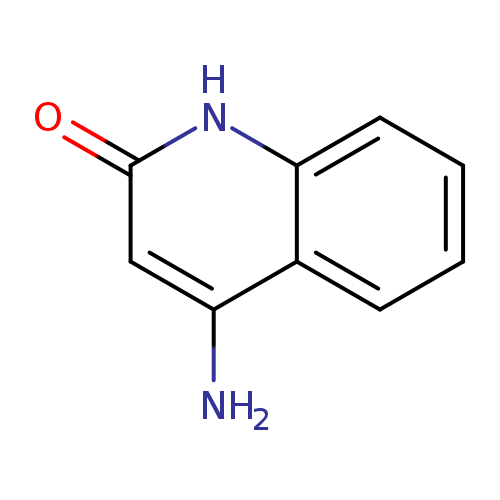
4-Aminoquinoline-2-oneCatalog No.:AA008XHN CAS No.:110216-87-0 MDL No.:MFCD05665662 MF:C9H8N2O MW:160.1726 |
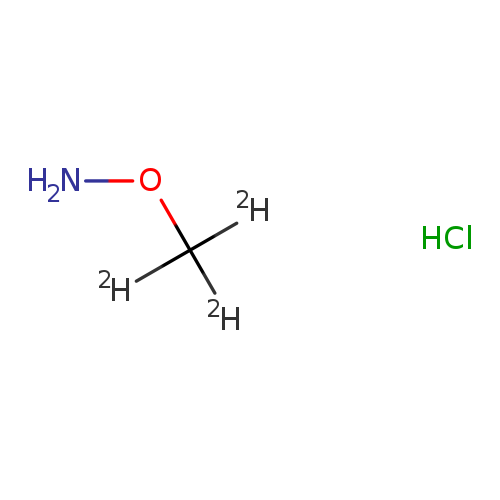
DEUTERO-METHOXYAMINE-D3 HCLCatalog No.:AA008SMA CAS No.:110220-55-8 MDL No.:MFCD00271054 MF:CH3ClD3NO MW:86.5359 |
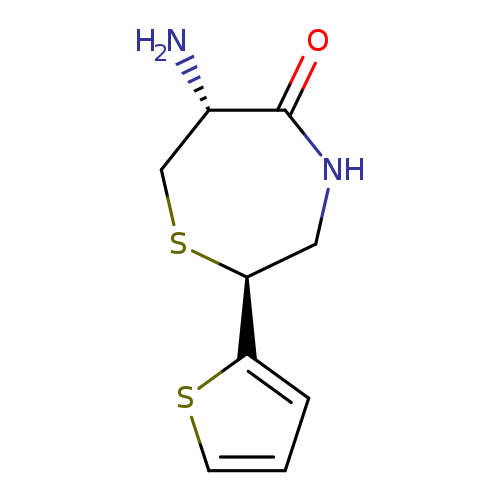
(2S,6R)-6-Amino-2-(2-thienyl)-1,4-thiazepan-5-oneCatalog No.:AA008469 CAS No.:110221-26-6 MDL No.:MFCD08458730 MF:C9H12N2OS2 MW:228.3344 |
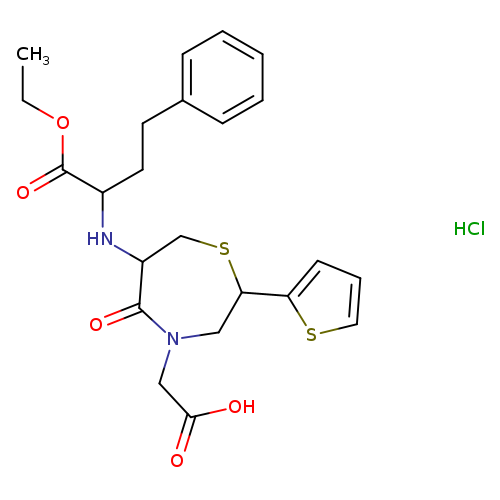
Temocapril HClCatalog No.:AA01CCI8 CAS No.:110221-44-8 MDL No.:MFCD00933433 MF:C23H29ClN2O5S2 MW:513.0698 |
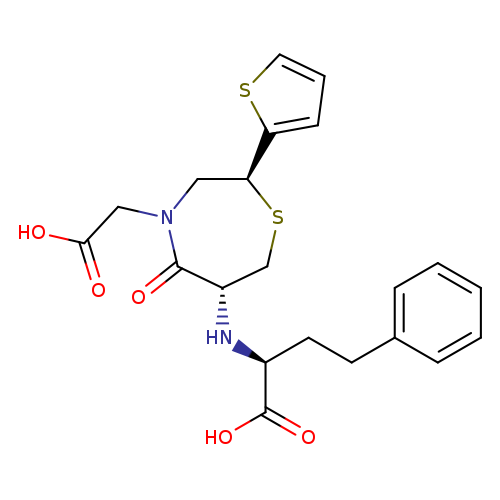
TemocaprilatCatalog No.:AA007DPY CAS No.:110221-53-9 MDL No.:MFCD00871951 MF:C21H24N2O5S2 MW:448.5557 |
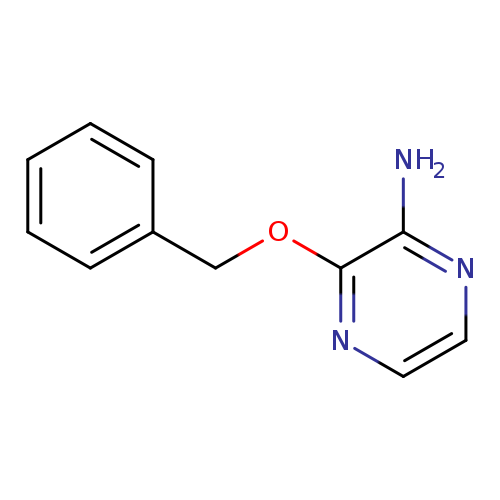
2-Amino-3-benzyloxypyrazineCatalog No.:AA008468 CAS No.:110223-15-9 MDL No.:MFCD09838954 MF:C11H11N3O MW:201.2245 |
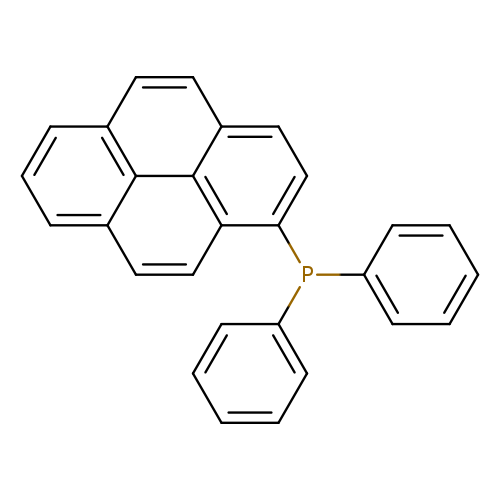
Diphenyl-1-pyrenylphosphineCatalog No.:AA003PMH CAS No.:110231-30-6 MDL No.:MFCD00278755 MF:C28H19P MW:386.4242 |
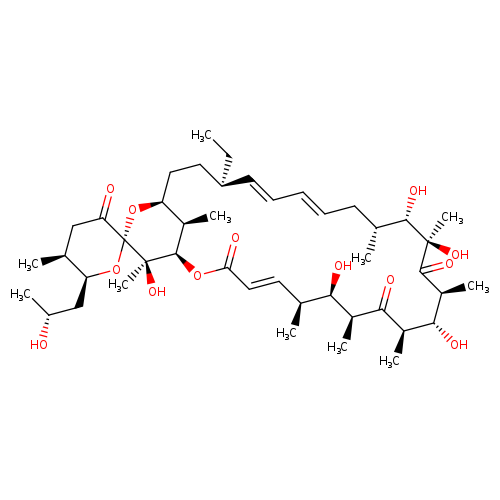
oligomycin ECatalog No.:AA0094B6 CAS No.:110231-34-0 MDL No.:MFCD30145908 MF:C45H72O13 MW:821.0454 |
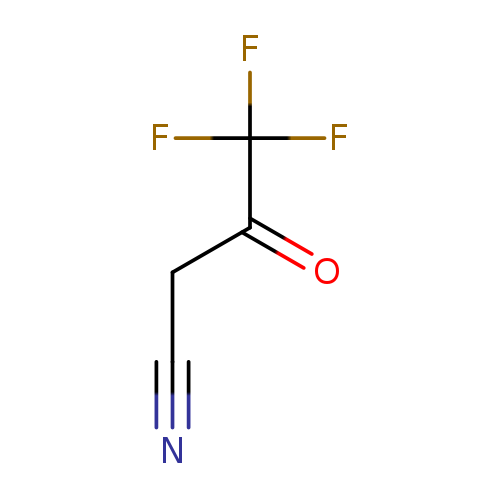
4,4,4-Trifluoro-3-oxobutanenitrileCatalog No.:AA007VCA CAS No.:110234-68-9 MDL No.:MFCD11099951 MF:C4H2F3NO MW:137.0600 |
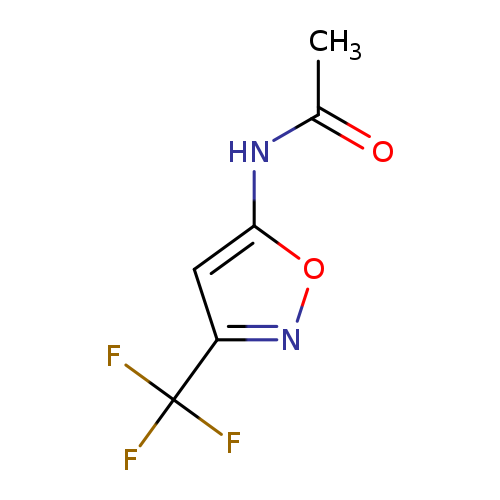
N-[3-(trifluoromethyl)-1,2-oxazol-5-yl]acetamideCatalog No.:AA01DX8X CAS No.:110235-22-8 MDL No.:MFCD30160814 MF:C6H5F3N2O2 MW:194.1113 |
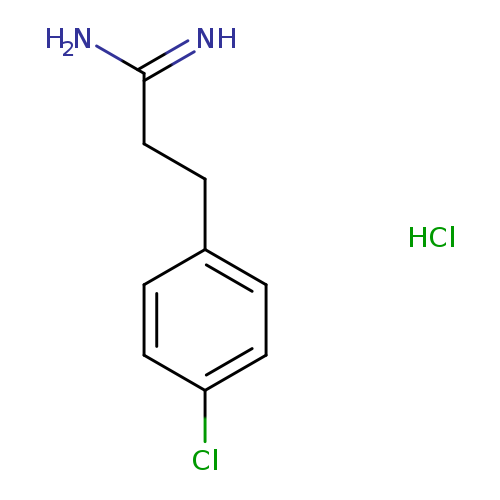
3-(4-chlorophenyl)propanimidamide hydrochlorideCatalog No.:AA01ELIO CAS No.:1102374-40-2 MDL No.:MFCD31665454 MF:C9H12Cl2N2 MW:219.1110 |
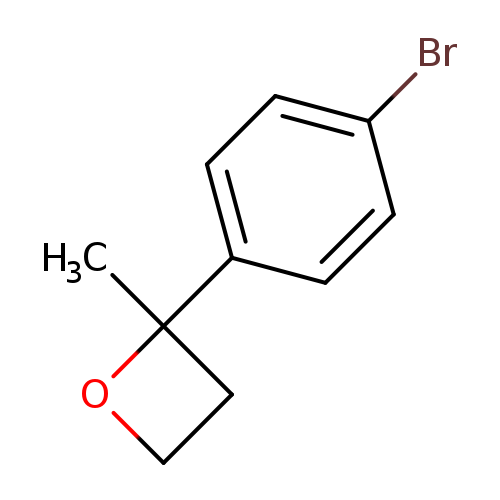
2-(4-BROMOPHENYL)-2-METHYLOXETANECatalog No.:AA01DX8Y CAS No.:1102376-56-6 MDL No.:MFCD29048654 MF:C10H11BrO MW:227.0977 |
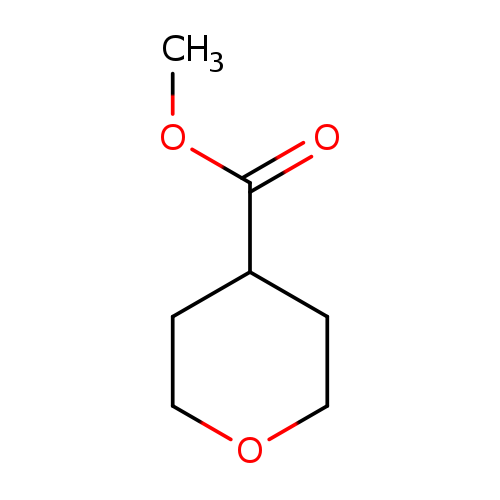
Methyl tetrahydropyran-4-carboxylateCatalog No.:AA003RZW CAS No.:110238-91-0 MDL No.:MFCD01075170 MF:C7H12O3 MW:144.1684 |
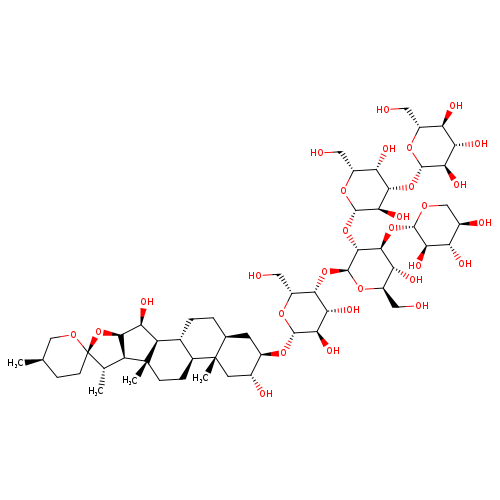
DIGITONINCatalog No.:AA008QYT CAS No.:11024-24-1 MDL No.:MFCD00077729 MF:C56H92O29 MW:1229.3123 |
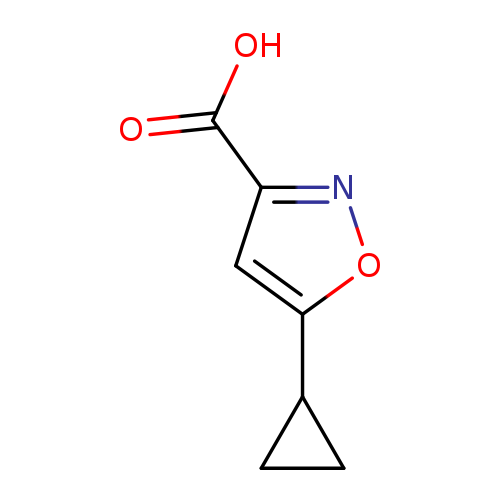
5-Cyclopropylisoxazole-3-carboxylic acidCatalog No.:AA003MMV CAS No.:110256-15-0 MDL No.:MFCD05668325 MF:C7H7NO3 MW:153.1354 |

Carbonic acid,12b-(acetyloxy)-12-(benzoyloxy)-2a,3,4,4a,5,6,9,10,11,12,12a,12b-dodecahydro-11-hydroxy-4a,8,13,13-tetramethyl-5-oxo-7,11-methano-1H-cyclodeca[3,4]benz[1,2-b]oxete-4,6,9-triyl tris(2,2,2-trichloroethyl) ester,[2aR-(2aa,4b,4ab,6b,9a,11a,12a,12aa,12ba)]-Catalog No.:AA01CCL2 CAS No.:110258-92-9 MDL No.: MF: MW: |
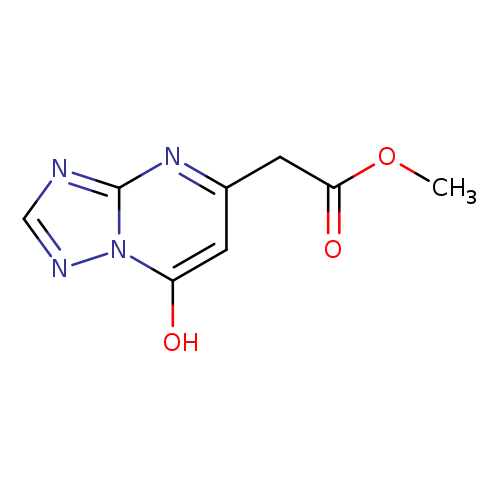
methyl 2-{7-hydroxy-[1,2,4]triazolo[1,5-a]pyrimidin-5-yl}acetateCatalog No.:AA00IOCS CAS No.:110260-69-0 MDL No.:MFCD03012259 MF:C8H8N4O3 MW:208.1741 |
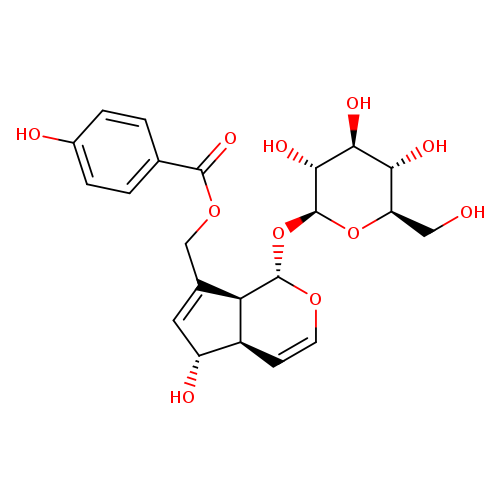
AgnusideCatalog No.:AA008QXV CAS No.:11027-63-7 MDL No.:MFCD00210471 MF:C22H26O11 MW:466.4352 |
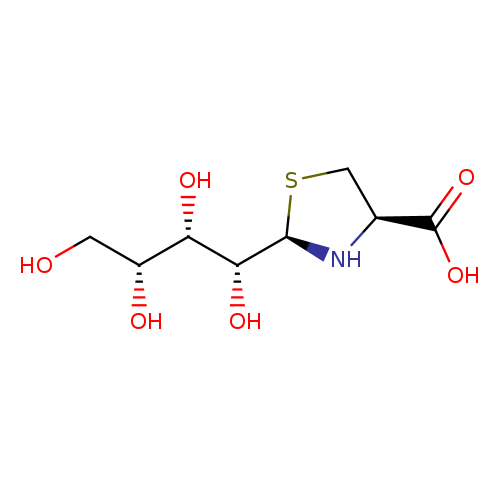
(2R,4R)-2-[D-Xylo-tetrahydroxybut-1-yl]-1,3-thiazolidine-4-carboxylic acidCatalog No.:AA007DOE CAS No.:110270-19-4 MDL No.:MFCD00186589 MF:C8H15NO6S MW:253.2728 |
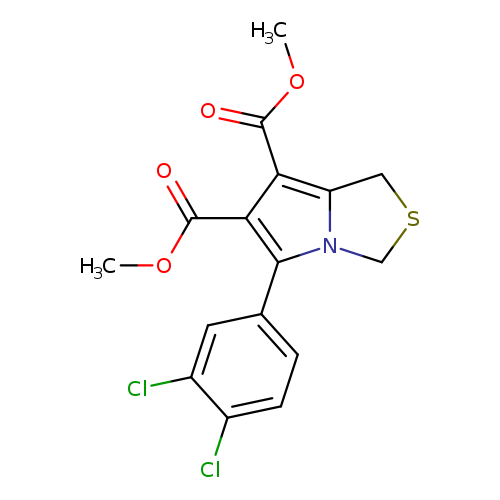
6,7-dimethyl 5-(3,4-dichlorophenyl)-1H,3H-pyrrolo[1,2-c][1,3]thiazole-6,7-dicarboxylateCatalog No.:AA00IZ0P CAS No.:110271-25-5 MDL No.:MFCD00243548 MF:C16H13Cl2NO4S MW:386.2497 |
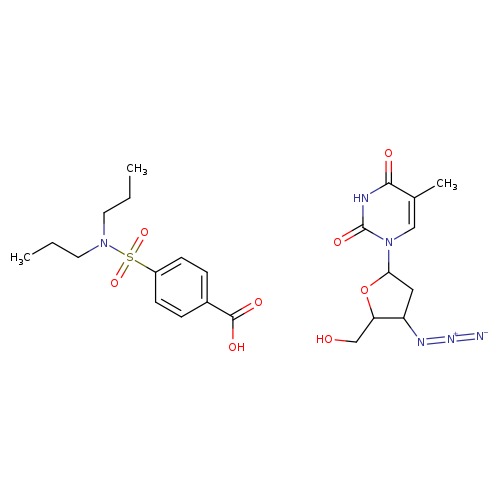
Concanavalin ACatalog No.:AA00ILEZ CAS No.:11028-71-0 MDL No.:MFCD00071069 MF:C23H32N6O8S MW:552.6006 |
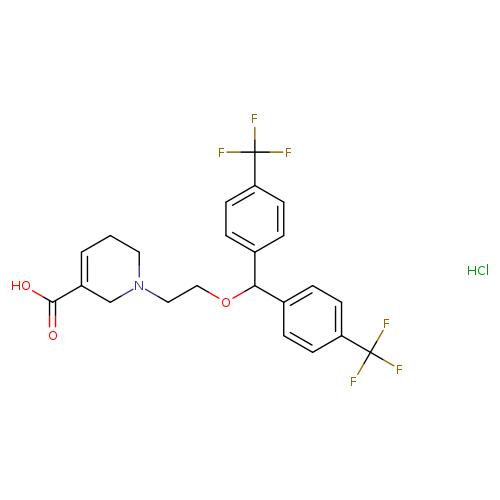
3-Pyridinecarboxylicacid, 1-[2-[bis[4-(trifluoromethyl)phenyl]methoxy]ethyl]-1,2,5,6-tetrahydro-,hydrochloride (1:1)Catalog No.:AA007V8M CAS No.:110283-66-4 MDL No.:MFCD00889186 MF:C23H22ClF6NO3 MW:509.8691 |
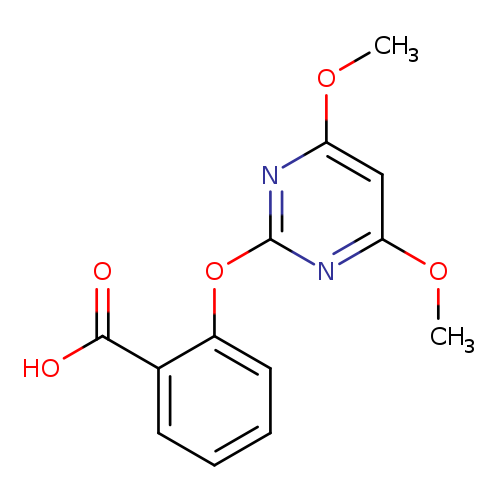
2-[(4,6-DIMETHOXYPYRIMIDIN-2-YL)OXY]BENZOIC ACIDCatalog No.:AA008SH0 CAS No.:110284-78-1 MDL No.:MFCD00203066 MF:C13H12N2O5 MW:276.2448 |
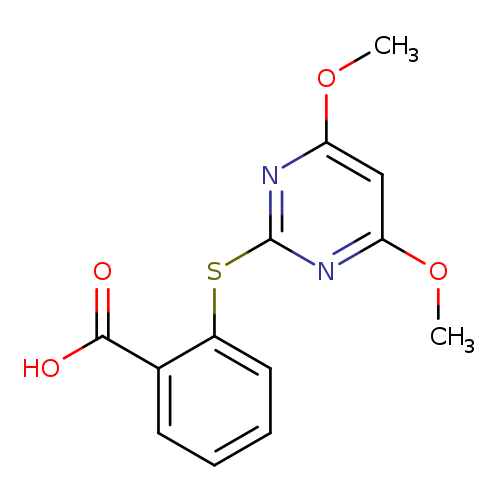
2-((4,6-Dimethoxypyrimidin-2-yl)thio)benzoic acidCatalog No.:AA0083X7 CAS No.:110284-79-2 MDL No.:MFCD00203074 MF:C13H12N2O4S MW:292.3104 |
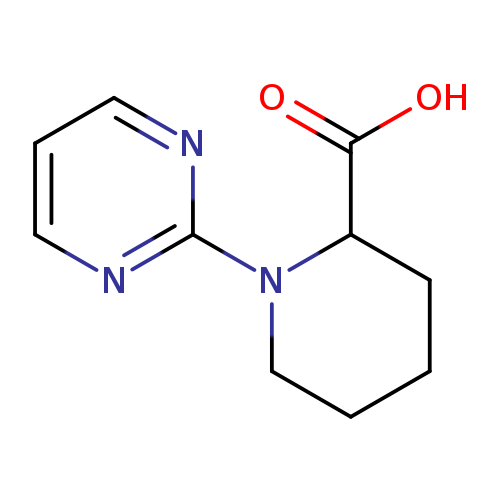
1-(Pyrimidin-2-yl)piperidine-2-carboxylic acidCatalog No.:AA008Y2Q CAS No.:1102854-35-2 MDL No.:MFCD08059687 MF:C10H13N3O2 MW:207.2291 |
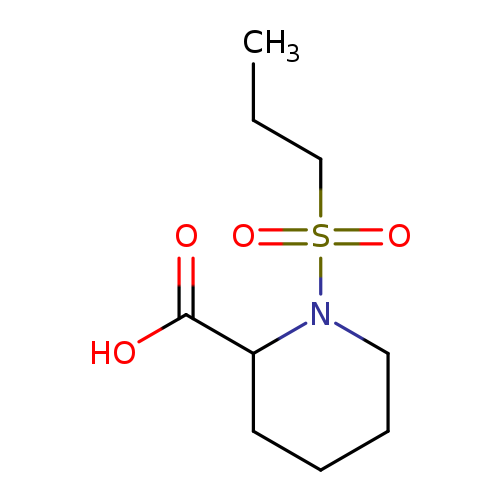
1-(propane-1-sulfonyl)piperidine-2-carboxylic acidCatalog No.:AA019VHR CAS No.:1102855-77-5 MDL No.:MFCD08443483 MF:C9H17NO4S MW:235.3006 |
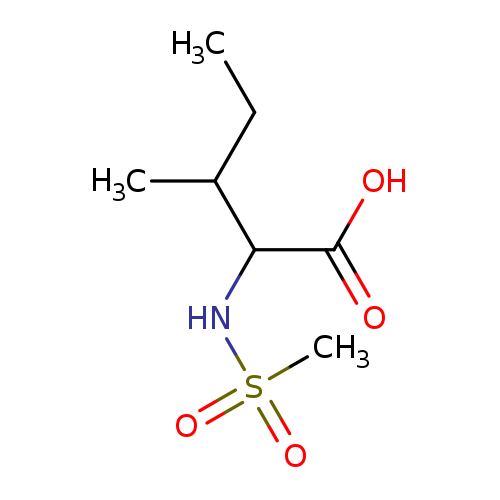
2-methanesulfonamido-3-methylpentanoic acidCatalog No.:AA01EK3Z CAS No.:1102880-91-0 MDL No.:MFCD09044184 MF:C7H15NO4S MW:209.2633 |
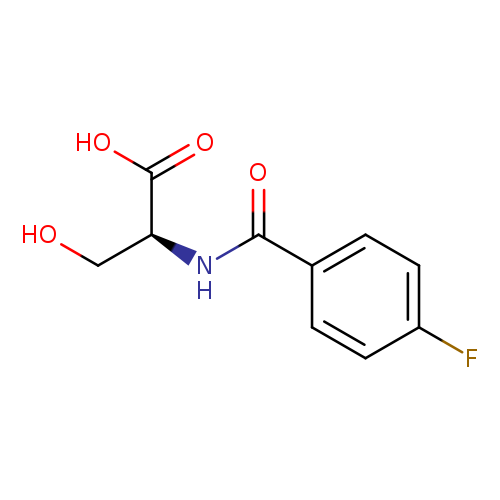
(2S)-2-[(4-fluorophenyl)formamido]-3-hydroxypropanoic acidCatalog No.:AA01C59N CAS No.:1102888-26-5 MDL No.:MFCD12795637 MF:C10H10FNO4 MW:227.1891 |
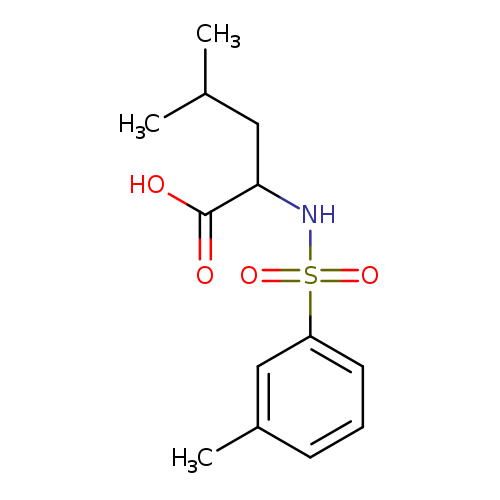
(M-Tolylsulfonyl)leucineCatalog No.:AA01FN0K CAS No.:1102899-58-0 MDL No.:MFCD07433682 MF:C13H19NO4S MW:285.3593 |
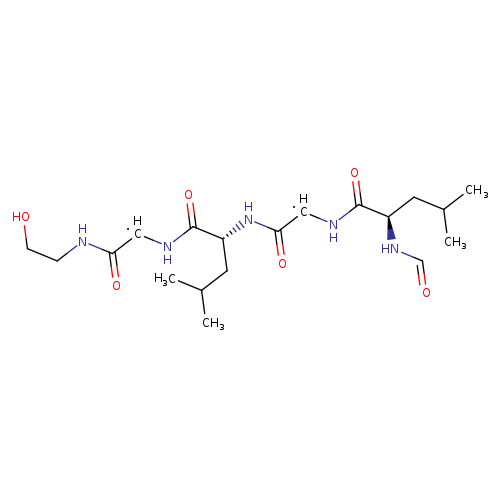
Gramicidin ACatalog No.:AA007DAR CAS No.:11029-61-1 MDL No.:MFCD00466944 MF:C19H33N5O6 MW:427.4952 |
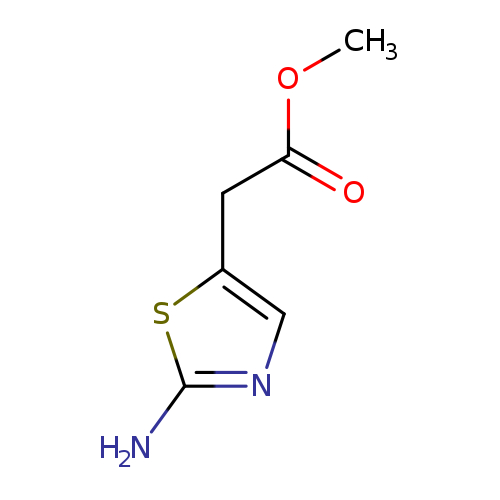
(2-Amino-thiazol-5-yl)-acetic acid methyl esterCatalog No.:AA007V8F CAS No.:110295-93-7 MDL No.:MFCD04341427 MF:C6H8N2O2S MW:172.2049 |
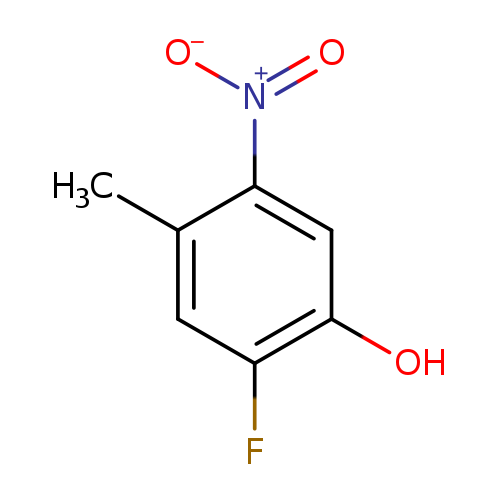
2-Fluoro-4-methyl-5-nitrophenolCatalog No.:AA00HBMG CAS No.:110298-75-4 MDL No.:MFCD22586680 MF:C7H6FNO3 MW:171.1258 |
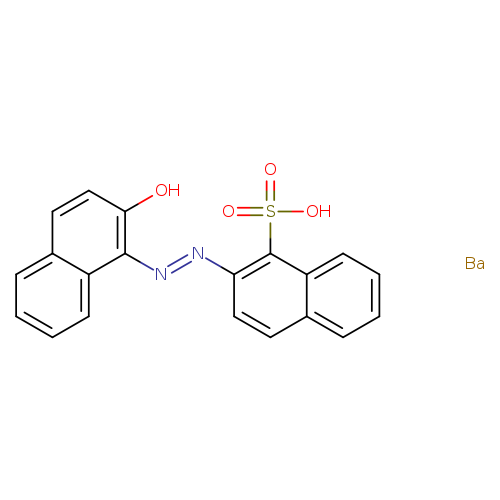
1-Naphthalenesulfonic acid, 2-[(2-hydroxy-1-naphthalenyl)azo]-, bariumsalt (2:1)Catalog No.:AA01DQ4G CAS No.:1103-38-4 MDL No.:MFCD00071951 MF:C20H14BaN2O4S MW:515.7282 |
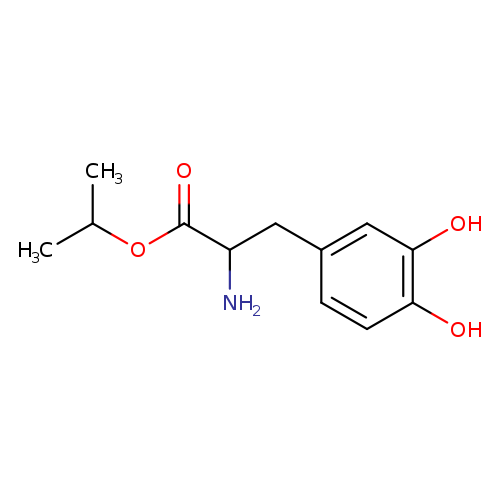
L-Dopa isopropyl esterCatalog No.:AA008VOK CAS No.:110301-07-0 MDL No.:MFCD00871211 MF:C12H17NO4 MW:239.2677 |
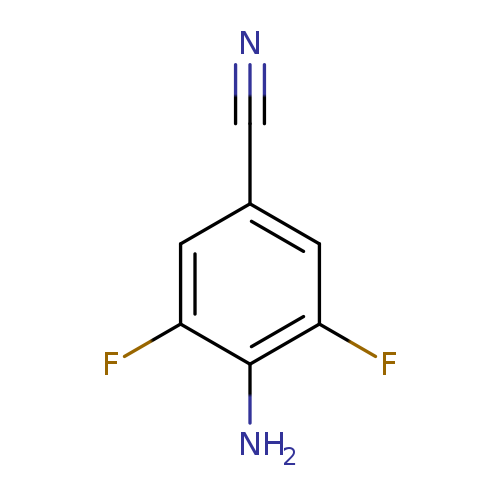
4-Amino-3,5-difluorobenzonitrileCatalog No.:AA007DAI CAS No.:110301-23-0 MDL No.:MFCD03407467 MF:C7H4F2N2 MW:154.1169 |
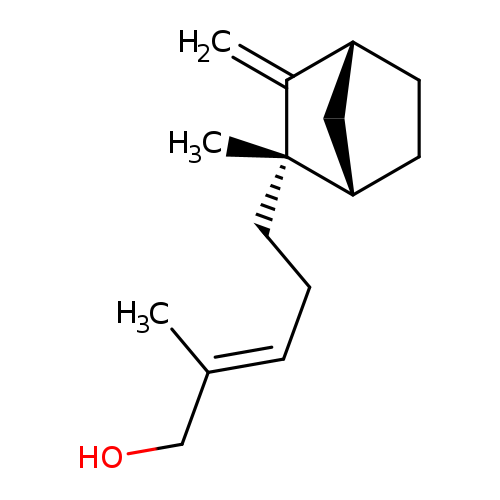
2-Methyl-5-((1s,2s,4r)-2-methyl-3-methylenebicyclo[2.2.1]heptan-2-yl)pent-2-en-1-olCatalog No.:AA008UZ2 CAS No.:11031-45-1 MDL No.:MFCD00046301 MF:C15H24O MW:220.3505 |
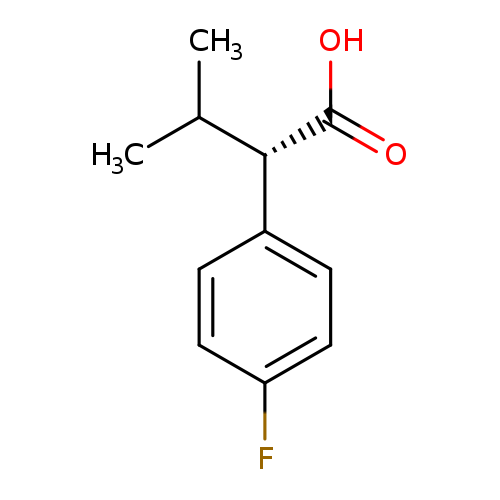
(2R)-2-(4-Fluorophenyl)-3-methylbutanoic acidCatalog No.:AA008QX4 CAS No.:110311-45-0 MDL No.:MFCD00792491 MF:C11H13FO2 MW:196.2181 |
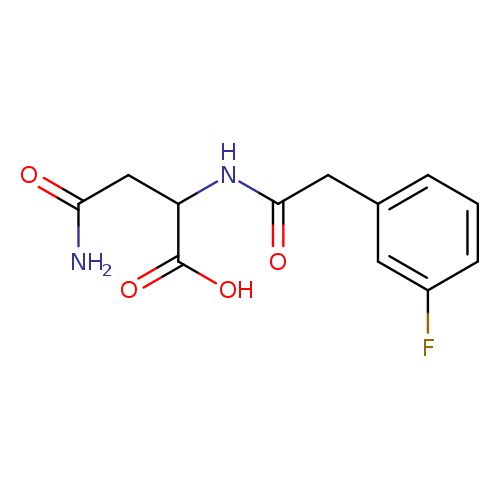
3-carbamoyl-2-[2-(3-fluorophenyl)acetamido]propanoic acidCatalog No.:AA01E7TW CAS No.:1103110-91-3 MDL No.:MFCD12621059 MF:C12H13FN2O4 MW:268.2410 |
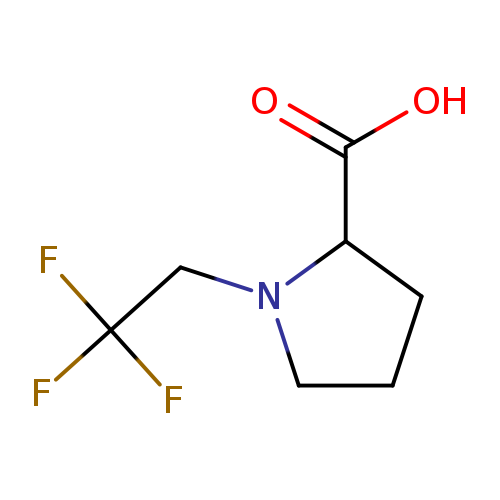
1-(2,2,2-trifluoroethyl)pyrrolidine-2-carboxylic acidCatalog No.:AA01E7NY CAS No.:1103112-81-7 MDL No.:MFCD22407313 MF:C7H10F3NO2 MW:197.1550 |
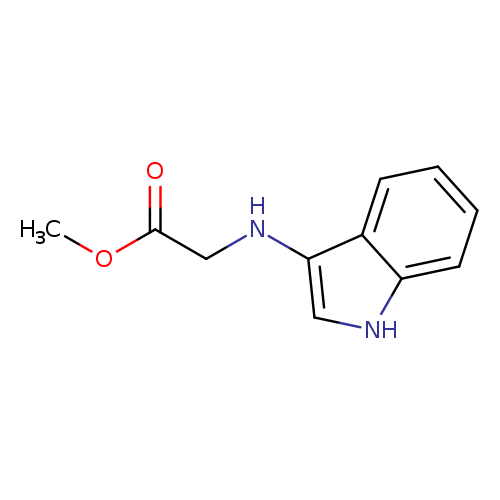
Methyl 2-((1H-indol-3-yl)amino)acetateCatalog No.:AA0083WR CAS No.:110317-48-1 MDL No.:MFCD01863401 MF:C11H12N2O2 MW:204.2252 |
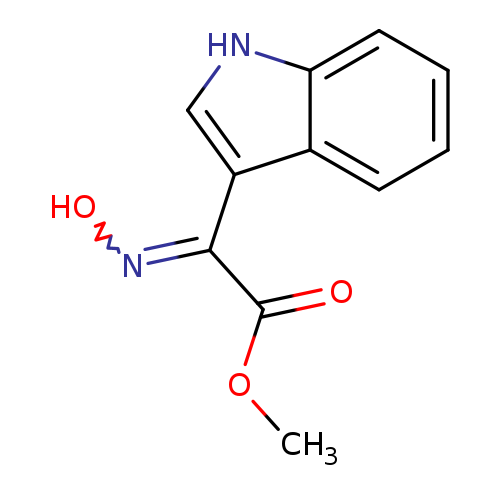
(E)-Methyl 2-(hydroxyimino)-2-(1H-indol-3-yl)acetateCatalog No.:AA01DLQM CAS No.:110317-55-0 MDL No.:MFCD01454832 MF:C11H10N2O3 MW:218.2087 |
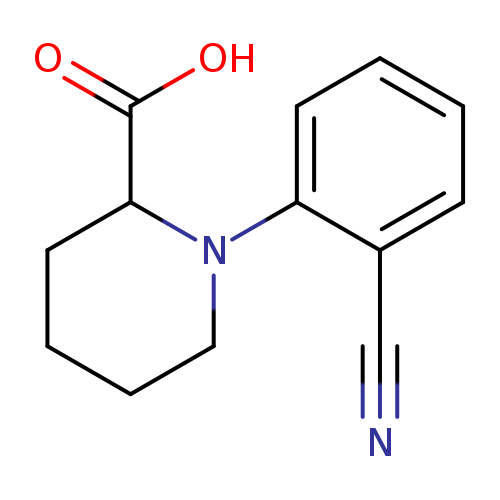
1-(2-Cyanophenyl)piperidine-2-carboxylic acidCatalog No.:AA01FO8T CAS No.:1103191-48-5 MDL No.: MF:C13H14N2O2 MW:230.2625 |

alpha-Bungarotoxin - Bio-XCatalog No.:AA01EGZZ CAS No.:11032-79-4 MDL No.: MF:C335H523N97O105S11 MW:7942.0390 |
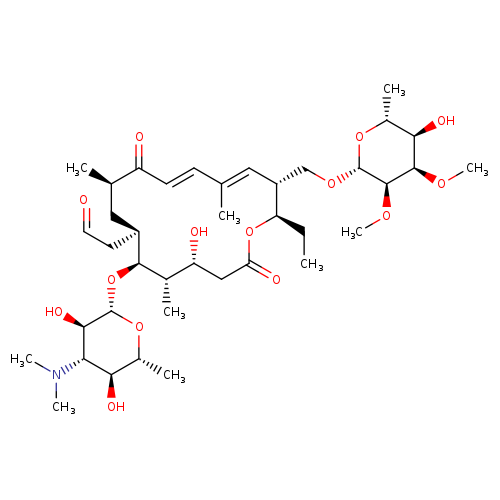
tylosin BCatalog No.:AA008WJW CAS No.:11032-98-7 MDL No.: MF:C39H65NO14 MW:771.9317 |
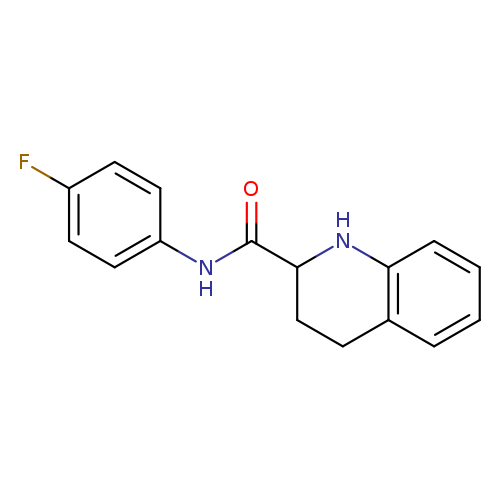
N-(4-Fluorophenyl)-1,2,3,4-tetrahydroquinoline-2-carboxamideCatalog No.:AA01A995 CAS No.:1103212-50-5 MDL No.:MFCD09928655 MF:C16H15FN2O MW:270.3015 |
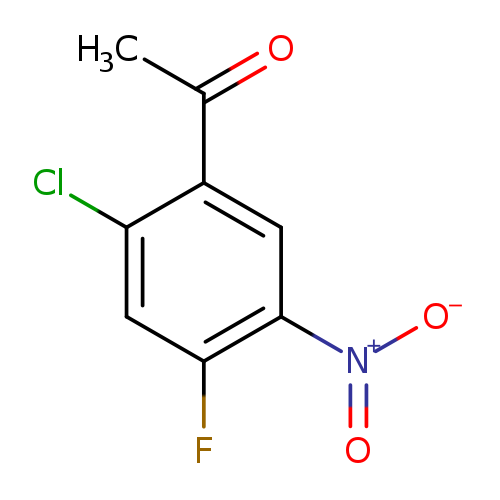
1-(2-Chloro-4-fluoro-5-nitro-phenyl)-ethanoneCatalog No.:AA0093K5 CAS No.:110322-88-8 MDL No.:MFCD28348700 MF:C8H5ClFNO3 MW:217.5816 |
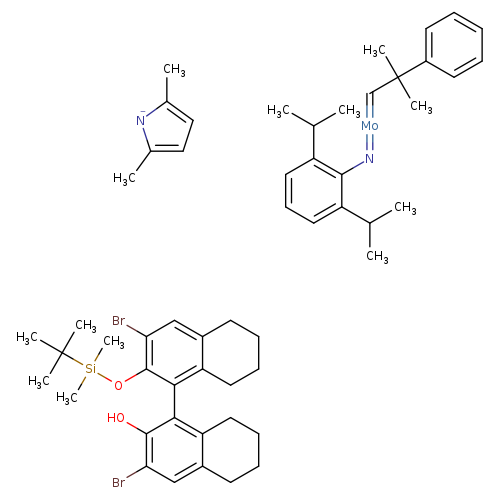
[2,6-Bis(1-methylethyl)benzenaminato(2-)][(1R)-3,3'-dibromo-2'-[[(1,1-dimethylethyl)dimethylsilyl]oxy]-5,5',6,6',7,7',8,8'-octahydro[1,1'-binaphthalen]-2-olato-kO](2,5-dimethyl-1H-pyrrol-1-yl)(2-methyl-2-phenylpropylidene) molybdenum (VI)Catalog No.:AA01FR60 CAS No.:1103220-99-0 MDL No.:MFCD31814096 MF:C54H71Br2MoN2O2Si- MW:1064.0072 |
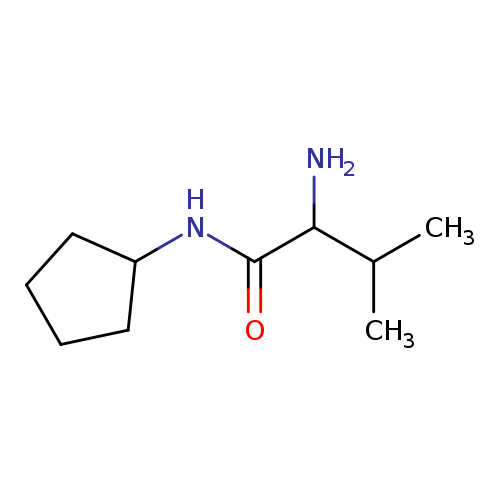
2-amino-N-cyclopentyl-3-methylbutanamideCatalog No.:AA019XC2 CAS No.:1103225-85-9 MDL No.:MFCD09943996 MF:C10H20N2O MW:184.2786 |
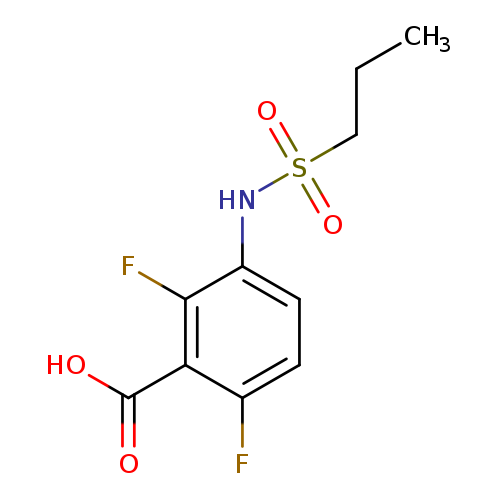
2,6-Difluoro-3-(propane-1-sulfonamido)benzoic acidCatalog No.:AA008T8Y CAS No.:1103234-56-5 MDL No.:MFCD18157658 MF:C10H11F2NO4S MW:279.2604 |
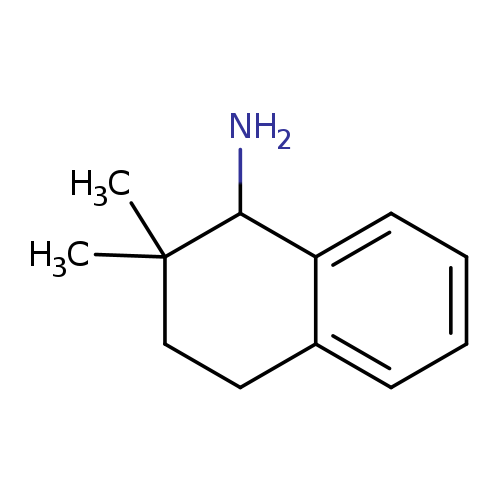
2,2-dimethyl-1,2,3,4-tetrahydronaphthalen-1-amineCatalog No.:AA01A25M CAS No.:110324-26-0 MDL No.:MFCD20702491 MF:C12H17N MW:175.2701 |
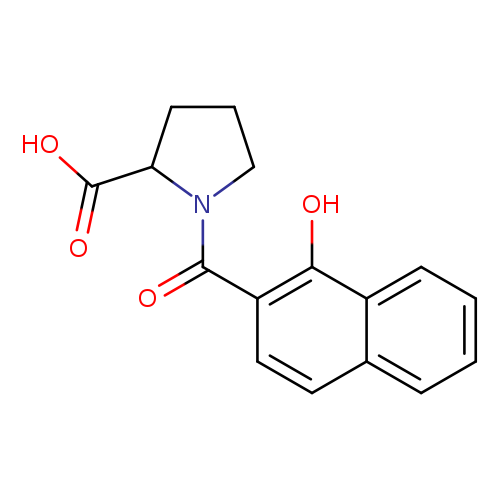
1-(1-hydroxynaphthalene-2-carbonyl)pyrrolidine-2-carboxylic acidCatalog No.:AA01EKGT CAS No.:1103247-90-0 MDL No.:MFCD09946224 MF:C16H15NO4 MW:285.2946 |
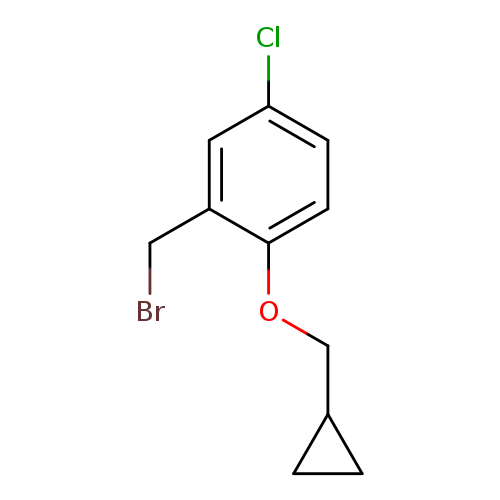
2-(bromomethyl)-4-chloro-1-(cyclopropylmethoxy)benzeneCatalog No.:AA01BH9X CAS No.:1103261-00-2 MDL No.:MFCD28063746 MF:C11H12BrClO MW:275.5694 |
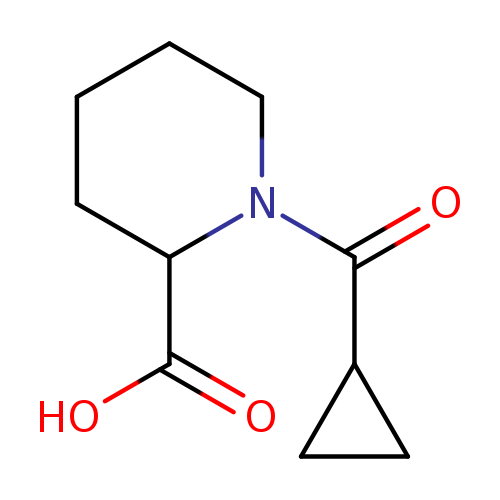
1-(Cyclopropanecarbonyl)piperidine-2-carboxylic acidCatalog No.:AA00J1QG CAS No.:1103277-37-7 MDL No.:MFCD09045922 MF:C10H15NO3 MW:197.2310 |
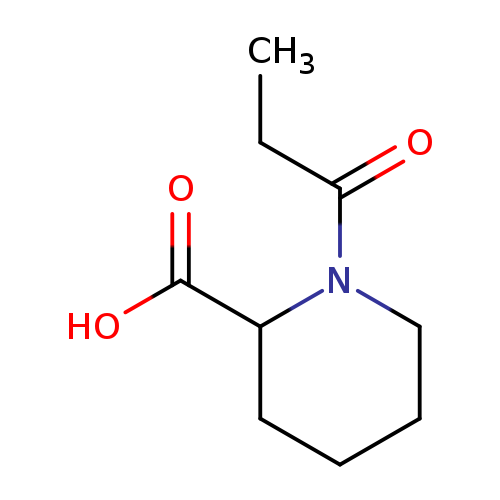
1-Propanoylpiperidine-2-carboxylic acidCatalog No.:AA00HBMH CAS No.:1103289-56-0 MDL No.:MFCD09046790 MF:C9H15NO3 MW:185.2203 |
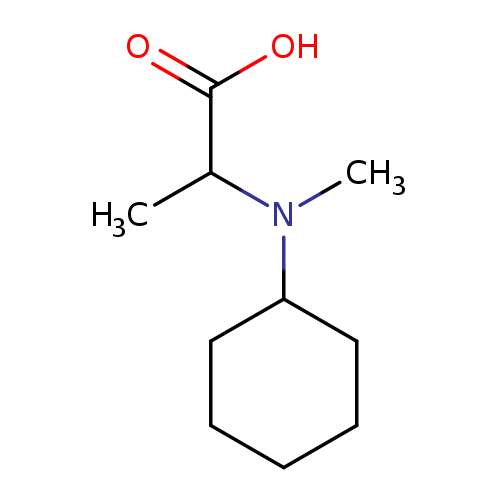
N-cyclohexyl-N-methylalanineCatalog No.:AA00J1OV CAS No.:1103295-14-2 MDL No.:MFCD09711431 MF:C10H19NO2 MW:185.2634 |
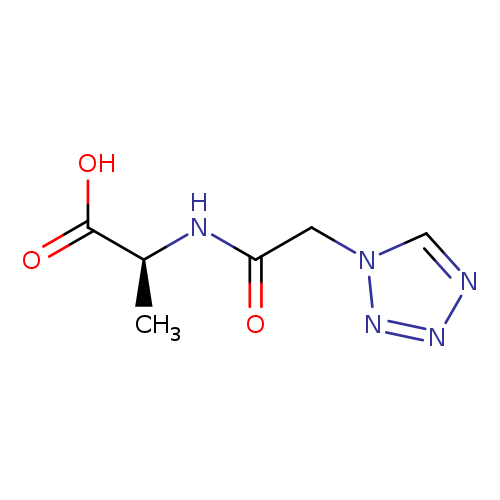
(2S)-2-[2-(1H-1,2,3,4-tetrazol-1-yl)acetamido]propanoic acidCatalog No.:AA01EK5W CAS No.:1103316-49-9 MDL No.:MFCD12794997 MF:C6H9N5O3 MW:199.1674 |
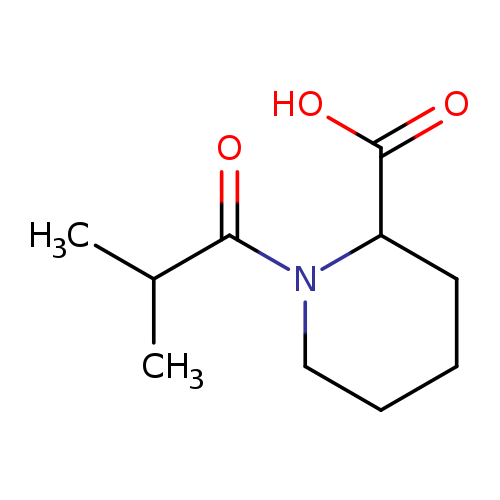
1-(2-Methylpropanoyl)piperidine-2-carboxylic acidCatalog No.:AA00HBMJ CAS No.:1103336-91-9 MDL No.:MFCD09048715 MF:C10H17NO3 MW:199.2469 |
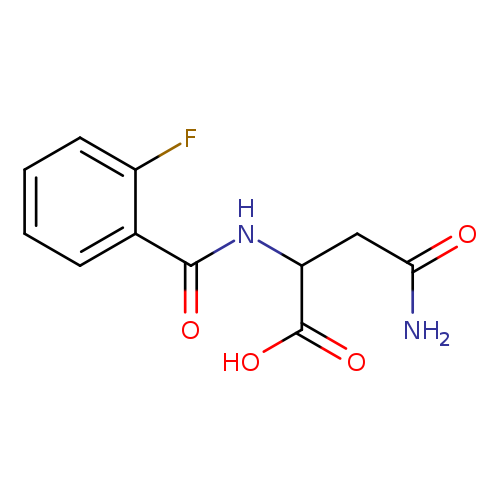
3-carbamoyl-2-[(2-fluorophenyl)formamido]propanoic acidCatalog No.:AA01E79L CAS No.:1103337-57-0 MDL No.:MFCD09048817 MF:C11H11FN2O4 MW:254.2144 |
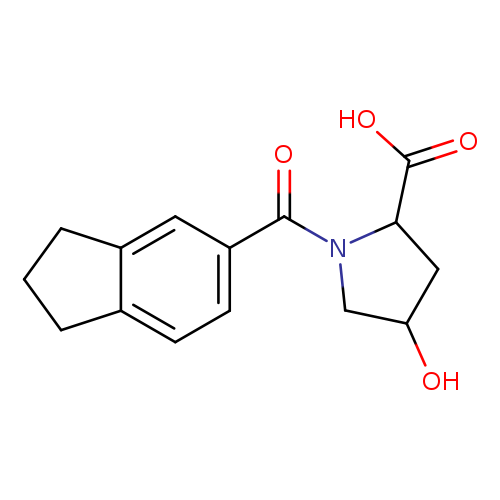
1-[(2,3-Dihydro-1h-inden-5-yl)carbonyl]-4-hydroxypyrrolidine-2-carboxylic acidCatalog No.:AA01EKGC CAS No.:1103343-56-1 MDL No.:MFCD09940678 MF:C15H17NO4 MW:275.2998 |
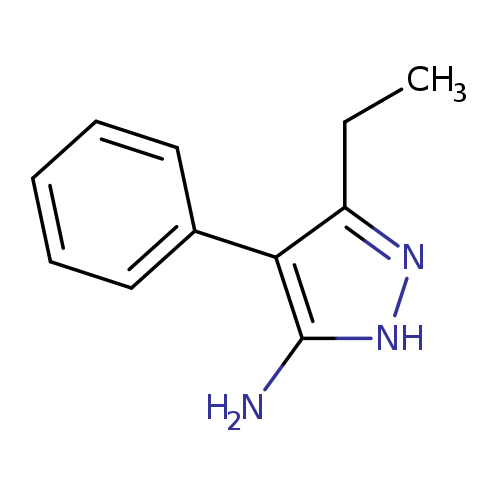
3-Ethyl-4-phenyl-1H-pyrazol-5-amineCatalog No.:AA01C9PX CAS No.:110335-22-3 MDL No.:MFCD03085964 MF:C11H13N3 MW:187.2410 |
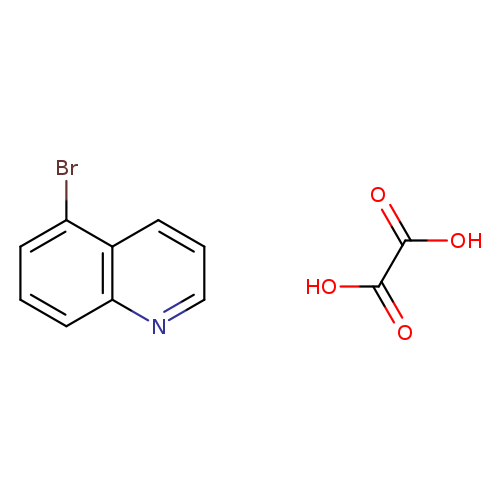
5-Bromoquinoline oxalateCatalog No.:AA00HBMK CAS No.:110335-37-0 MDL No.:MFCD09832400 MF:C11H8BrNO4 MW:298.0895 |
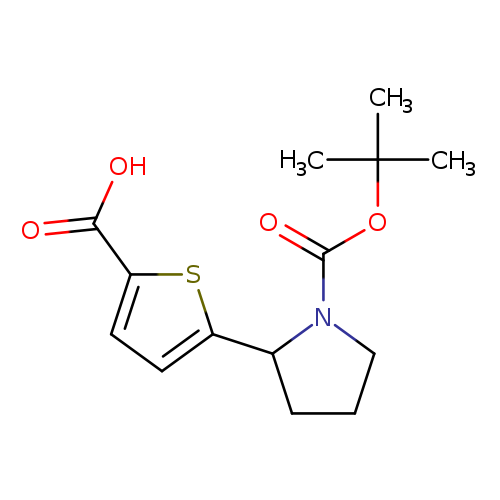
5-{1-[(tert-butoxy)carbonyl]pyrrolidin-2-yl}thiophene-2-carboxylic acidCatalog No.:AA01A5PU CAS No.:1103394-61-1 MDL No.:MFCD22393803 MF:C14H19NO4S MW:297.3700 |
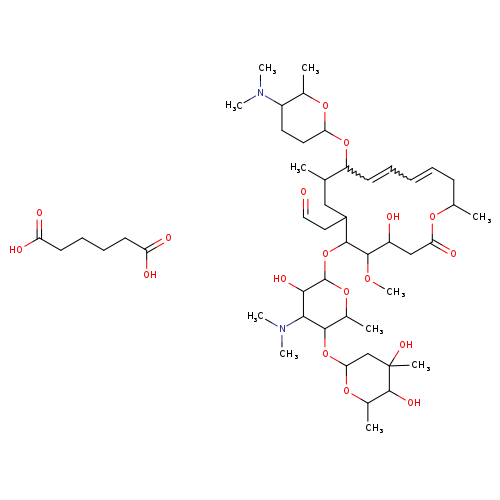
Spiramycin, hexanedioateCatalog No.:AA008X8F CAS No.:11034-40-5 MDL No.: MF:C49H84N2O18 MW:989.1939 |
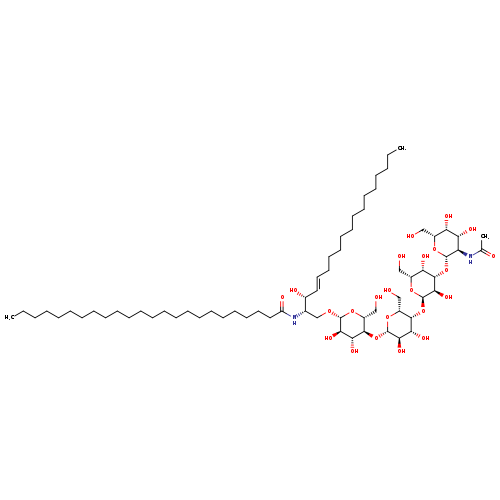
GB4Catalog No.:AA008QX2 CAS No.:11034-93-8 MDL No.:MFCD00131163 MF:C68H126N2O23 MW:1339.7276 |
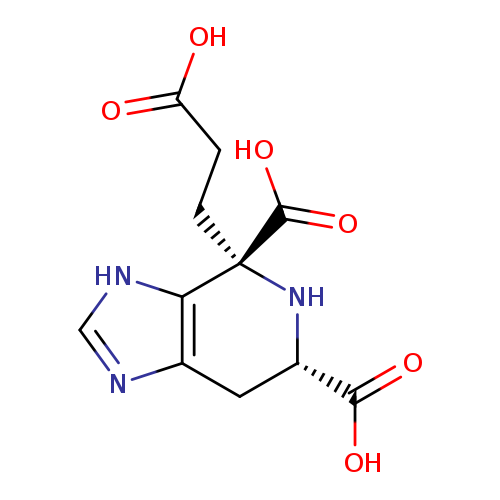
3H-Imidazo[4,5-c]pyridine-4,6-dicarboxylicacid, 4-(2-carboxyethyl)-4,5,6,7-tetrahydro-, (4S,6S)-Catalog No.:AA007V48 CAS No.:110342-24-0 MDL No.:MFCD28336943 MF:C11H13N3O6 MW:283.2374 |
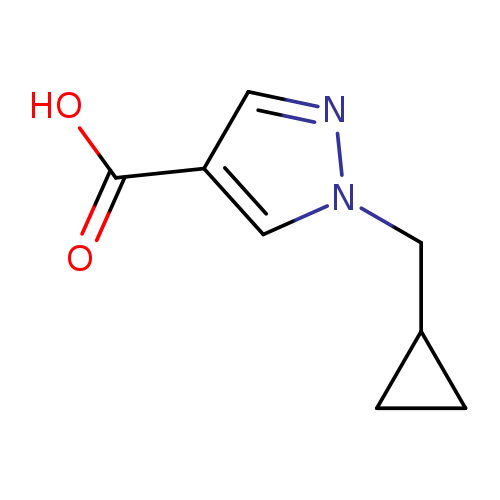
1-(Cyclopropylmethyl)-1H-pyrazole-4-carboxylic acidCatalog No.:AA01B6GR CAS No.:1103427-25-3 MDL No.:MFCD19611392 MF:C8H10N2O2 MW:166.1772 |
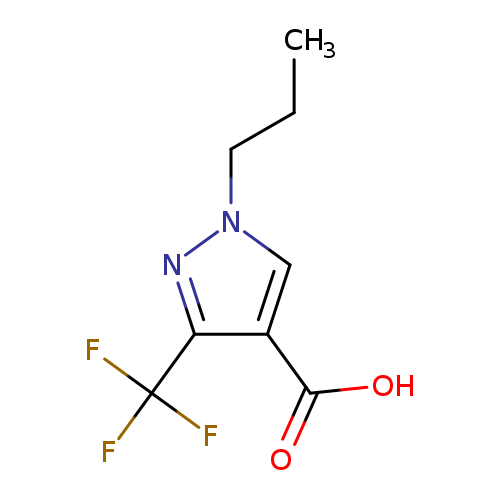
1-Propyl-3-(trifluoromethyl)pyrazole-4-carboxylic acidCatalog No.:AA00HBML CAS No.:1103427-26-4 MDL No.:MFCD28024841 MF:C8H9F3N2O2 MW:222.1645 |
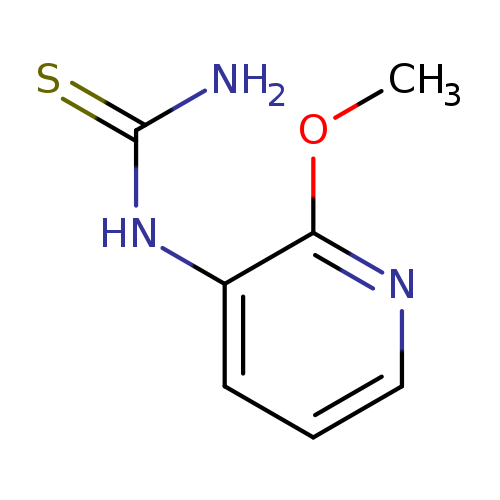
(2-methoxypyridin-3-yl)thioureaCatalog No.:AA01EK0W CAS No.:1103427-47-9 MDL No.:MFCD24620471 MF:C7H9N3OS MW:183.2309 |
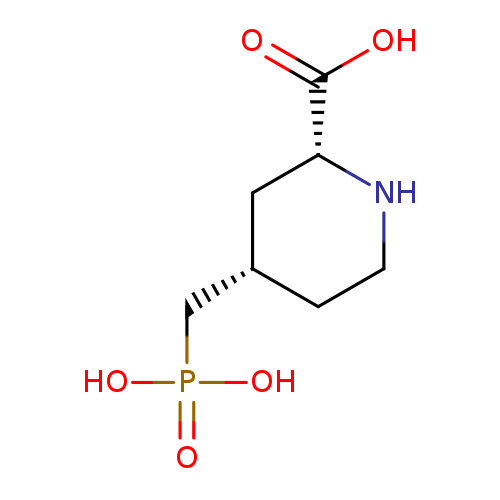
2-Piperidinecarboxylicacid, 4-(phosphonomethyl)-, (2R,4S)-rel-Catalog No.:AA0083WC CAS No.:110347-85-8 MDL No.:MFCD06795863 MF:C7H14NO5P MW:223.1635 |
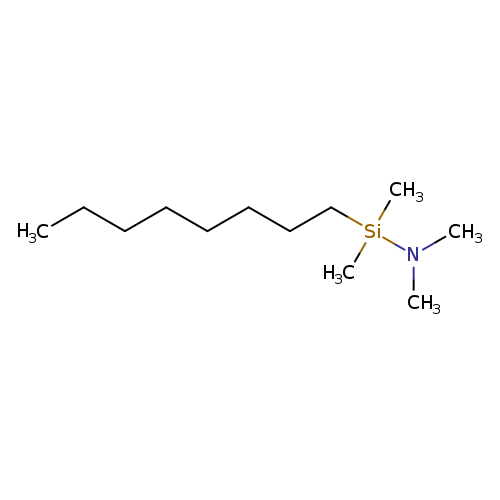
N-OCTYLDIMETHYL (DIMETHYLAMINO) SILANECatalog No.:AA008R95 CAS No.:110348-62-4 MDL No.:MFCD00053892 MF:C12H29NSi MW:215.4509 |
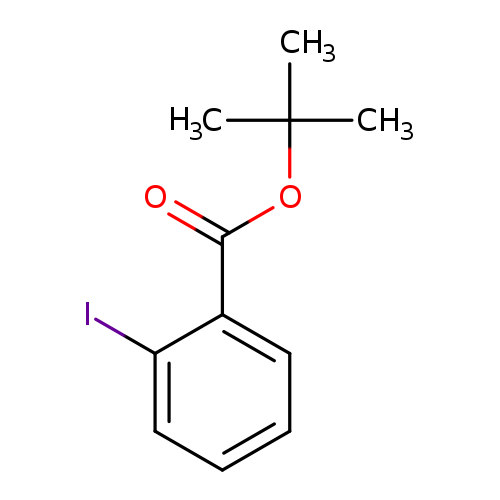
t-Butyl 2-iodobenzoateCatalog No.:AA007D93 CAS No.:110349-26-3 MDL No.:MFCD11044440 MF:C11H13IO2 MW:304.1242 |
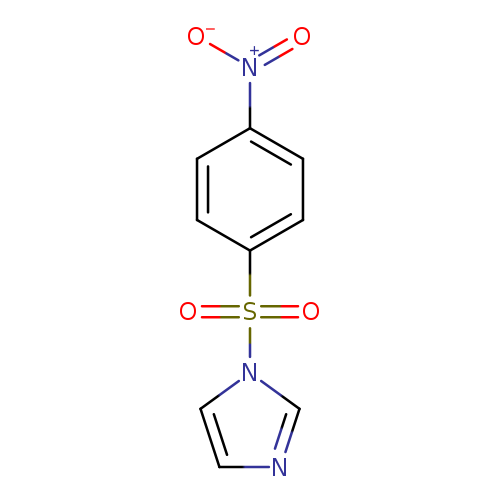
1-[(4-nitrobenzene)sulfonyl]imidazoleCatalog No.:AA007V43 CAS No.:110349-30-9 MDL No.:MFCD00441557 MF:C9H7N3O4S MW:253.2346 |
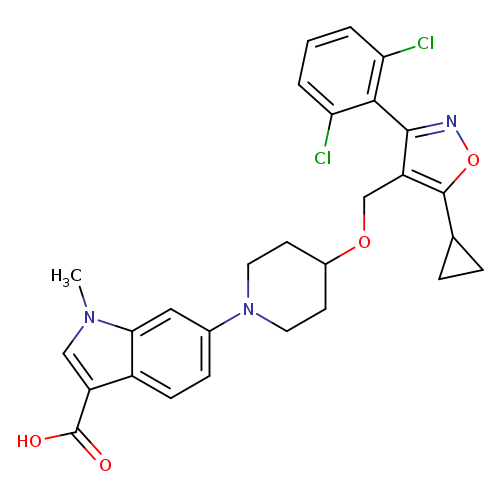
LY2562175Catalog No.:AA01EOD3 CAS No.:1103500-20-4 MDL No.:MFCD30738721 MF:C28H27Cl2N3O4 MW:540.4377 |
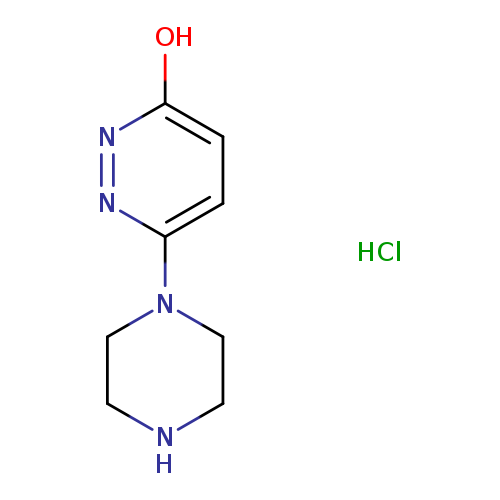
6-(Piperazin-1-yl)pyridazin-3-ol hydrochlorideCatalog No.:AA01FLQR CAS No.:1103508-29-7 MDL No.:MFCD22587564 MF:C8H13ClN4O MW:216.6680 |
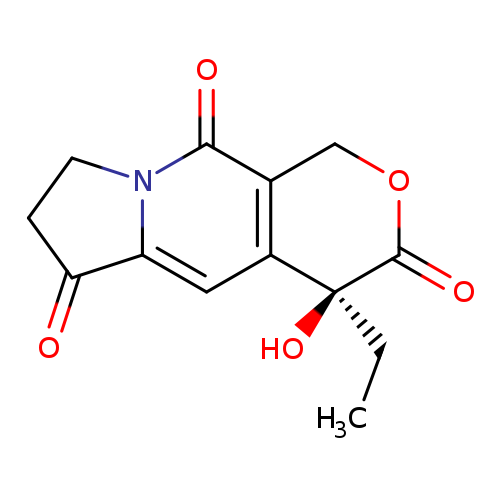
(S)-4-Ethyl-4-hydroxy-7,8-dihydro-1h-pyrano[3,4-f]indolizine-3,6,10(4h)-trioneCatalog No.:AA00385W CAS No.:110351-94-5 MDL No.:MFCD09833229 MF:C13H13NO5 MW:263.2460 |
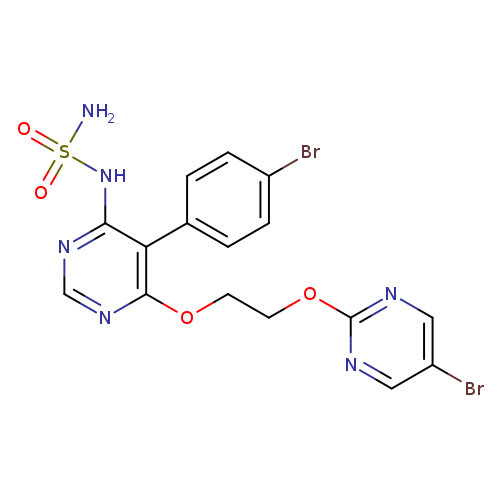
MacitentanCatalog No.:AA008TAH CAS No.:1103522-45-7 MDL No.:MFCD28155267 MF:C16H14Br2N6O4S MW:546.1932 |
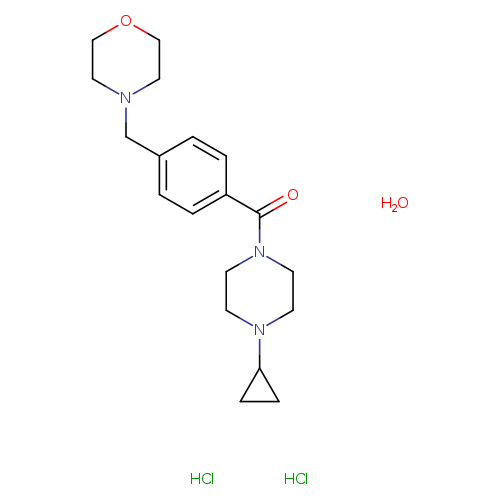
Bavisant dihydrochloride hydrateCatalog No.:AA008TB2 CAS No.:1103522-80-0 MDL No.:MFCD26142923 MF:C19H31Cl2N3O3 MW:420.3737 |
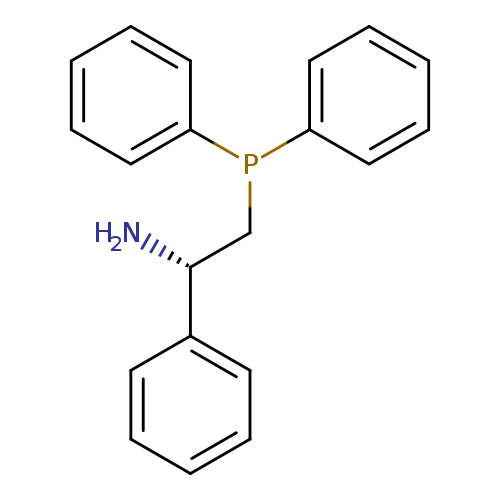
(S)-2-(Diphenylphosphino)-1-phenylethanamineCatalog No.:AA003CHS CAS No.:1103533-85-2 MDL No.:MFCD17013989 MF:C20H20NP MW:305.3533 |
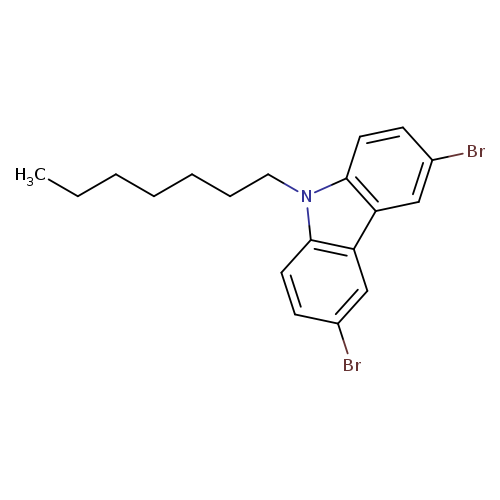
3,6-Dibromo-9-heptyl-9H-carbazoleCatalog No.:AA00IME9 CAS No.:1103535-99-4 MDL No.:MFCD31618132 MF:C19H21Br2N MW:423.1847 |
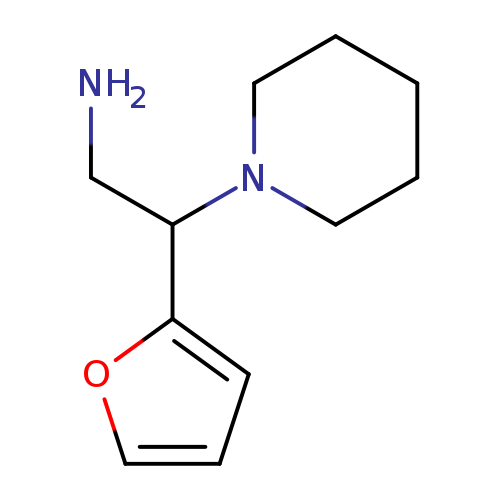
2-Furan-2-yl-2-piperidin-1-yl-ethylamineCatalog No.:AA0083W5 CAS No.:110358-80-0 MDL No.:MFCD06655011 MF:C11H18N2O MW:194.2734 |